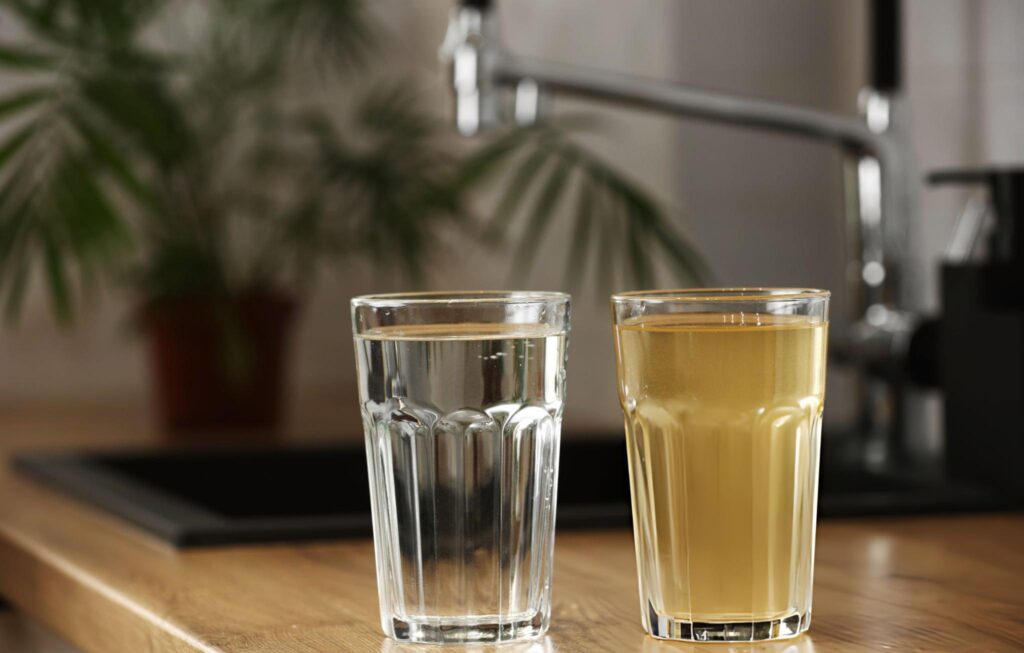If you’re serious about hydroponics, you already know that clean water is non-negotiable. One of the key players in any solid water filtration system is the carbon filter, especially when paired with a Reverse Osmosis (RO) setup. But have you ever wondered how these carbon filters are actually made? Let’s break it down step by step.

Understanding Carbon Filtration
Carbon filters are all about adsorption—not absorption. That means contaminants don’t just get trapped like a sponge; they actually stick to the carbon’s surface. This process removes chlorine, volatile organic compounds (VOCs), and other impurities that can harm plants or damage RO membranes.
There are three main types of carbon used in water filtration:
- Granular Activated Carbon (GAC): Loose carbon granules, great for high-flow filtration.
- Carbon Block Filters: Compressed carbon for better contaminant removal.
- Powdered Activated Carbon (PAC): Fine particles used in some specialty applications.
Materials Used in Carbon Filters
Not all carbon is created equal. The best carbon filters use activated carbon derived from:
- Coconut shells – The top choice for hydroponic water filtration due to its high adsorption capacity and sustainability.
- Bituminous coal – More common in industrial applications.
- Wood-based carbon – Less efficient but still used in certain filters.
Where is Carbon Sourced From?
The source of activated carbon plays a crucial role in its effectiveness and environmental impact. Here’s a closer look at the origins of different types:
- Coconut Shell Carbon: Primarily sourced from tropical regions like India, Sri Lanka, the Philippines, and Indonesia, where coconut farming is abundant. This type of carbon is renewable, highly porous, and has an excellent surface area for filtration.
- Coal-Based Carbon: Typically mined from deposits in the U.S., China, Australia, and Russia. Though effective, coal mining has a higher environmental footprint, making it less sustainable.
- Wood-Based Carbon: Often sourced from managed forestry operations in North America and Europe. It’s less common in water filtration but still used in some applications requiring softer adsorption properties.
For hydroponic applications, coconut shell carbon is the best choice due to its superior filtration capacity and sustainability.
The Manufacturing Process
1. Carbon Activation
Raw carbon material (like coconut shells) is superheated in a low-oxygen environment to create a highly porous structure. This activation process happens in one of two ways:
- Steam Activation: Uses high temperatures and steam to create pores.
- Chemical Activation: Soaks carbon in an acid or base before heating.
Steam-activated coconut carbon is the gold standard for hydroponic filtration.

2. Processing and Sizing
After activation, the carbon is ground to the right size:
- Granules for GAC filters
- Fine powder for carbon block filters
For carbon block filters, the powder is mixed with a binder and shaped into a solid block using compression molding.
3. Binding and Molding (For Carbon Block Filters)
The powdered carbon mix is compressed into a mold and heated to set the shape. The level of compression affects the filter’s micron rating—tighter blocks remove finer particles.
4. Sintering and Drying
The carbon block is then sintered (heated without melting) to create a durable, porous structure. Once it cools, it’s cut to size and encased in a protective shell.
5. Quality Testing & Certification
Before these filters hit the market, they undergo strict testing. The best filters meet NSF/ANSI standards for chlorine removal, VOC reduction, and structural integrity. Some are rated for specific contaminants like lead or herbicides.

Why Carbon Filters Matter in Reverse Osmosis Systems
Carbon filters are essential in RO systems for two main reasons:
- Pre-filtration: They remove chlorine and VOCs before water reaches the RO membrane, preventing damage.
- Post-filtration: They improve taste and remove any lingering impurities after the RO process.
Without a good carbon filter, your RO system won’t last as long, and your plants might not get the pure water they need.
Environmental & Sustainability Considerations
Coconut-shell carbon is the most eco-friendly option since it’s renewable and has a smaller carbon footprint compared to coal-based alternatives. Some manufacturers even offer recycling programs for spent filters.

Final Thoughts
Carbon filters are the unsung heroes of hydroponic water filtration. Whether you’re running a small indoor grow or a large-scale farm, understanding how these filters are made helps you choose the right one for your setup. Go for high-quality activated carbon, check for NSF certifications, and make sure your RO system always has fresh filters for peak performance.
